Incredible stories of intrepid explorers through the centuries
Explorers in extreme conditions
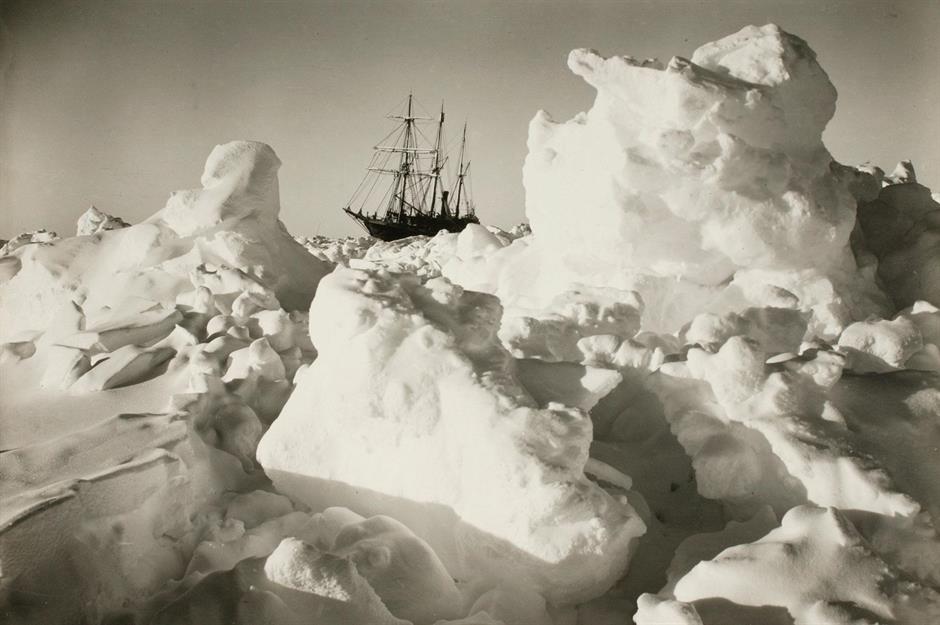
Nellie Bly
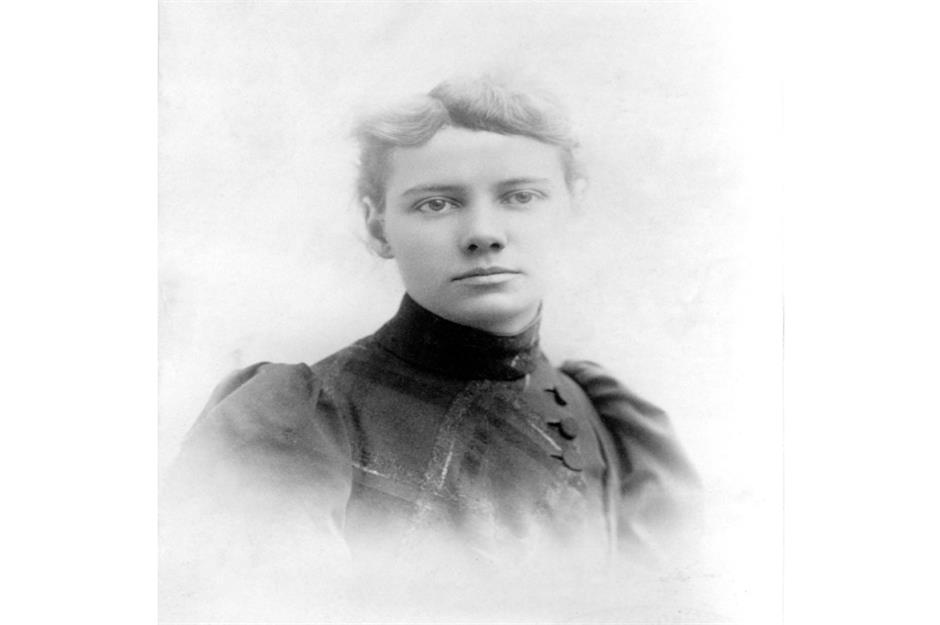
When Jules Verne published his novel Around the World in 80 Days in 1873, it captured everyone's imagination including pioneering American journalist Elizabeth Cochrane. Writing under the name Nellie Bly, she decided to take on the challenge of beating the fictional world record. Her editor at the New York World newspaper declared a woman would not be able to travel with few enough items to make the trip, but Bly proved him wrong by taking just the clothes she was wearing plus a small bag.
Nellie Bly
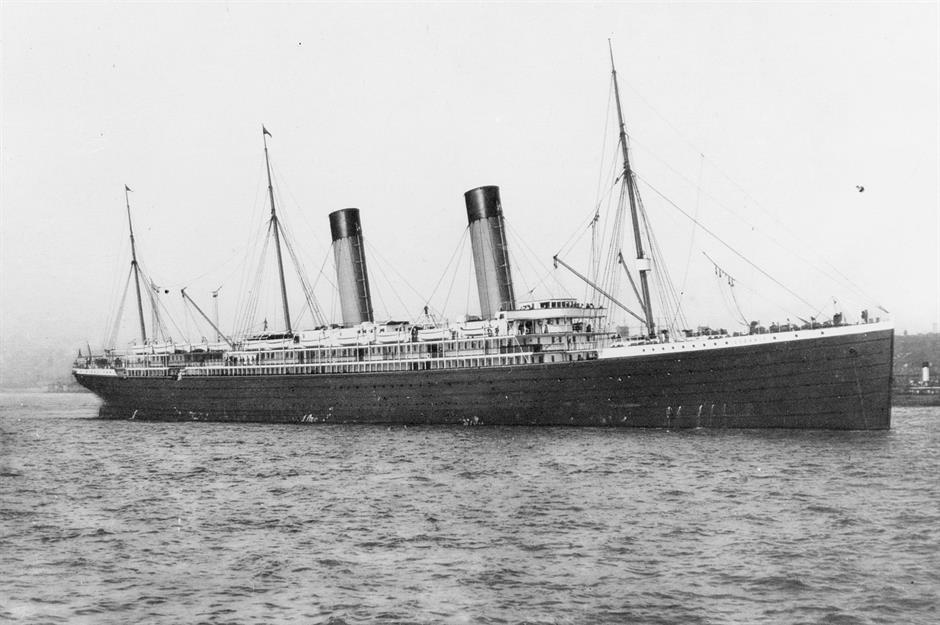
Nellie Bly
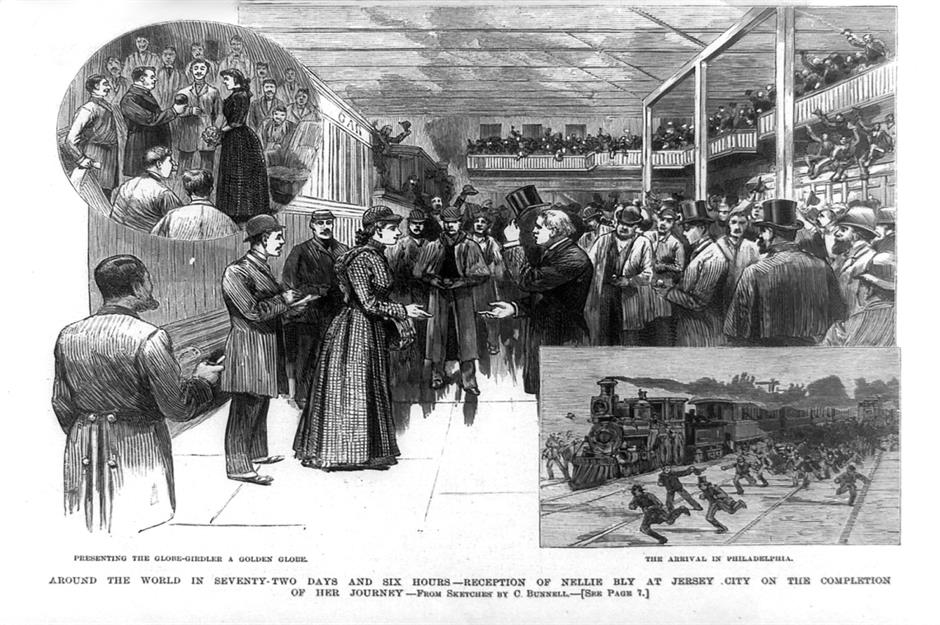
Robert Falcon Scott
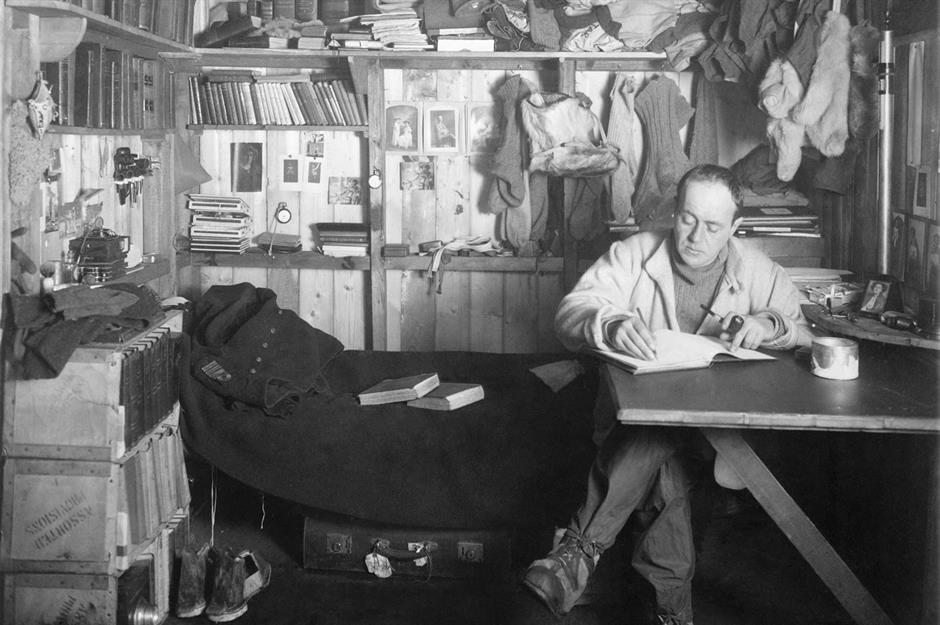
Robert Falcon Scott
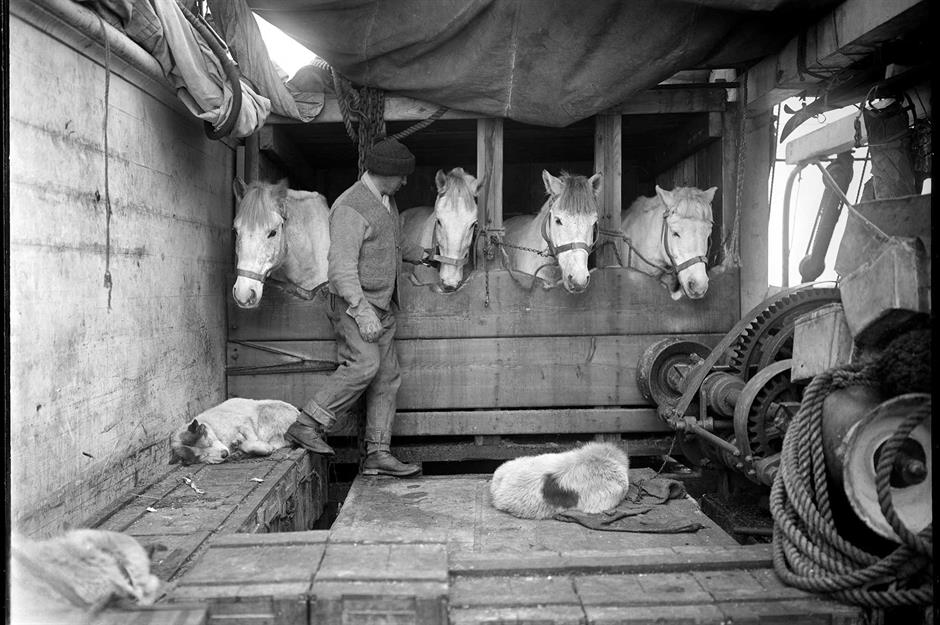
Robert Falcon Scott
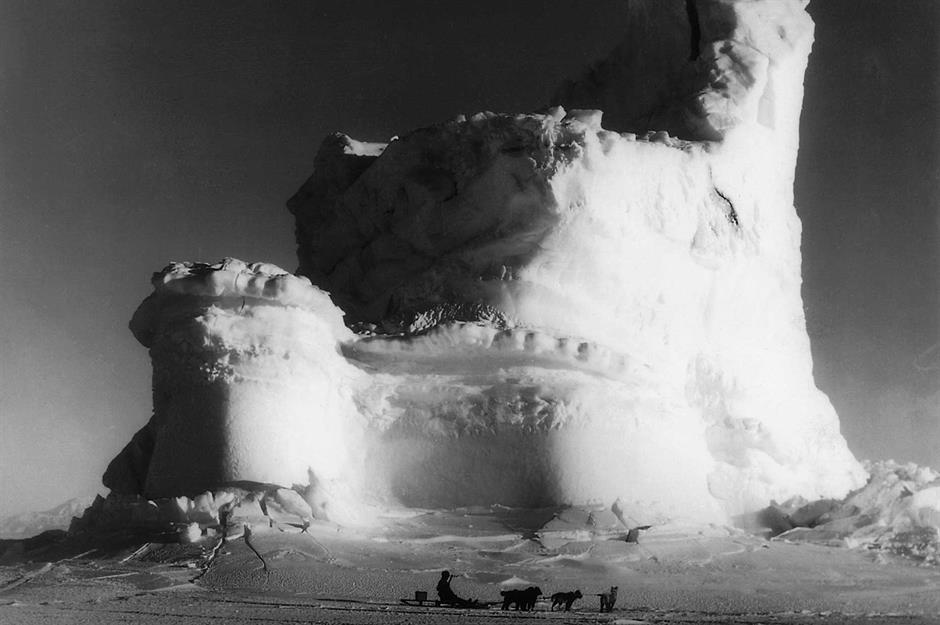
Sir Ernest Henry Shackleton
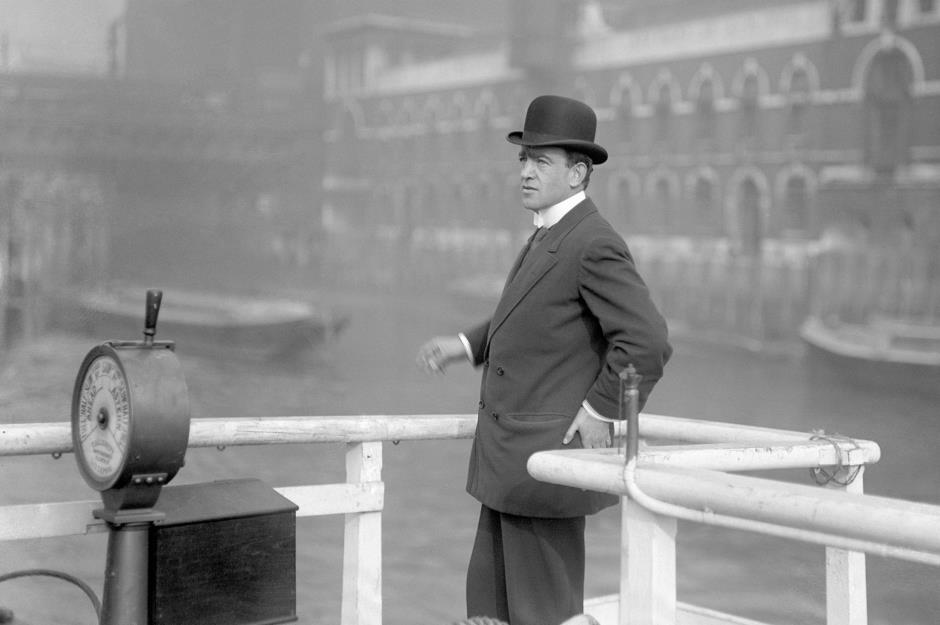
While the legendary adventurer Sir Ernest Henry Shackleton never achieved his goal of being the first person to reach the South Pole, his determination and bravery marks him among Britain’s most celebrated explorers. He undertook three expeditions to the Antarctic in the early 20th century, all while suffering from a hole in the heart, which often left him breathless, fatigued and feeling weak. But his calm leadership proved decisive in handling dangerous situations and saving the lives of his crew.
Sir Ernest Henry Shackleton
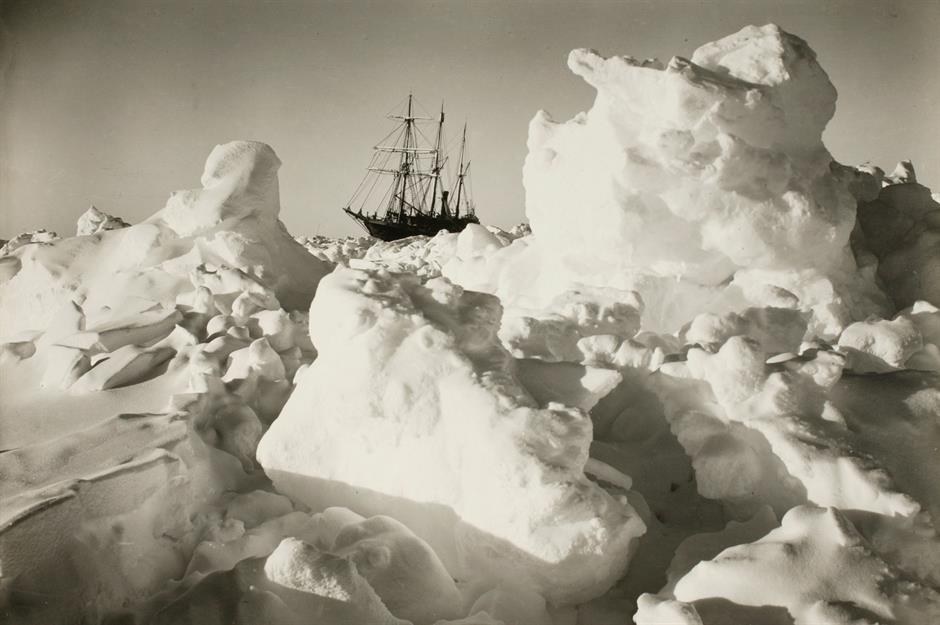
Sir Ernest Henry Shackleton
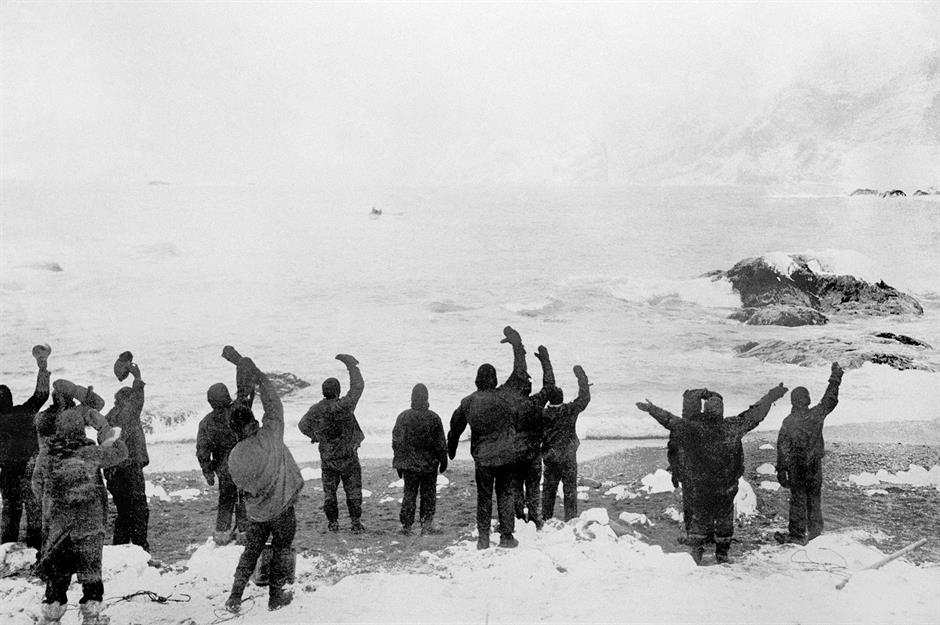
The six men spent 16 days navigating 800 miles (1,300km) of ocean to reach the remote island of South Georgia. They then trekked across the island to a whaling station where they sought help. The remaining men marooned on Elephant Island were rescued in August 1916. Not one member of Shackleton's crew died. The expedition's photographer, Frank Hurley, took some of the most memorable pictures of the South Pole too.
Louise Arner Boyd
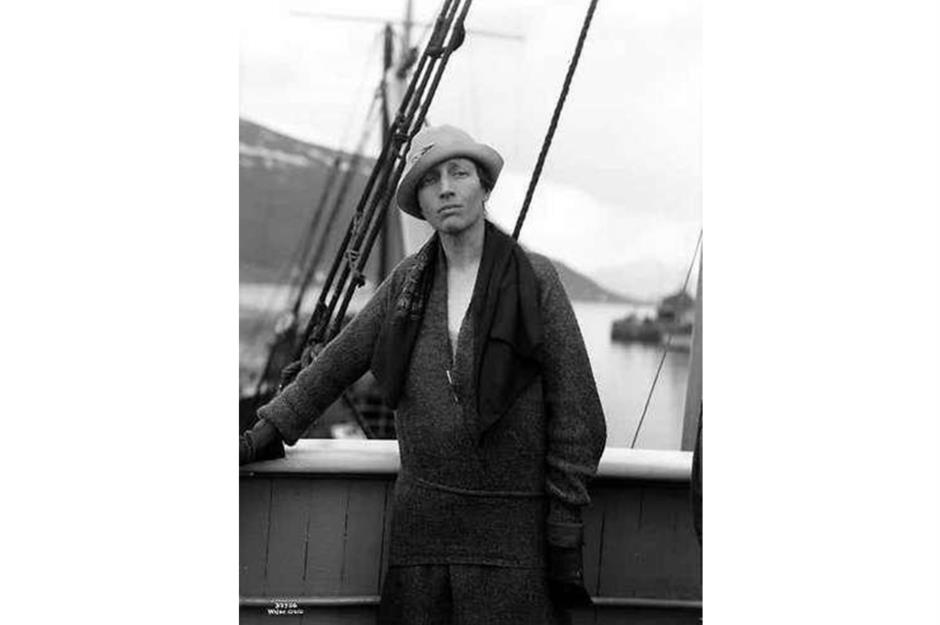
Louise Arner Boyd
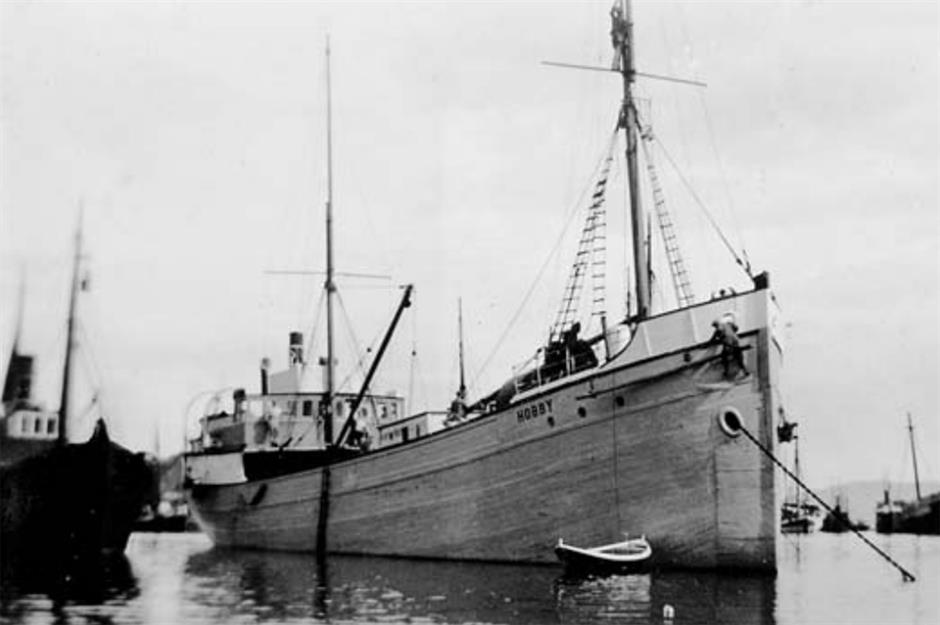
Arner Boyd became fascinated by Greenland in the early 1920s after taking a cruise to the unforgiving landscape of Franz Josef Land in the Arctic Circle. When, in 1928 the polar explorer Roald Amundsen vanished while flying over Greenland, she charted a ship, The Hobby, and assembled a crew in an attempt to find him. Although she was unsuccessful, she found her calling in life as an Arctic explorer. She made many trips to the frozen north, took hundreds of photos, charted unknown areas and recorded new species.
Louise Arner Boyd

Dame Freya Stark
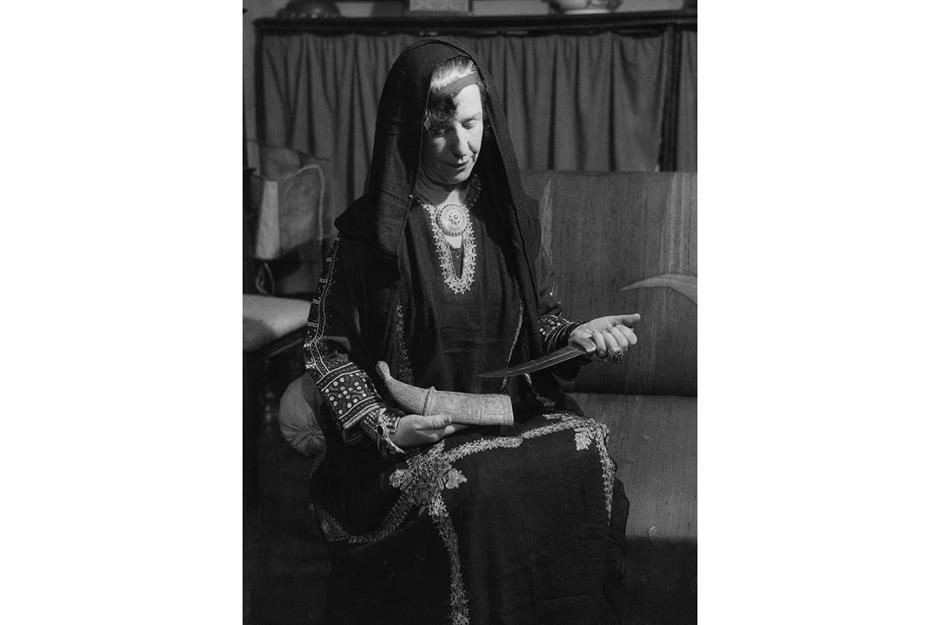
Dame Freya Stark
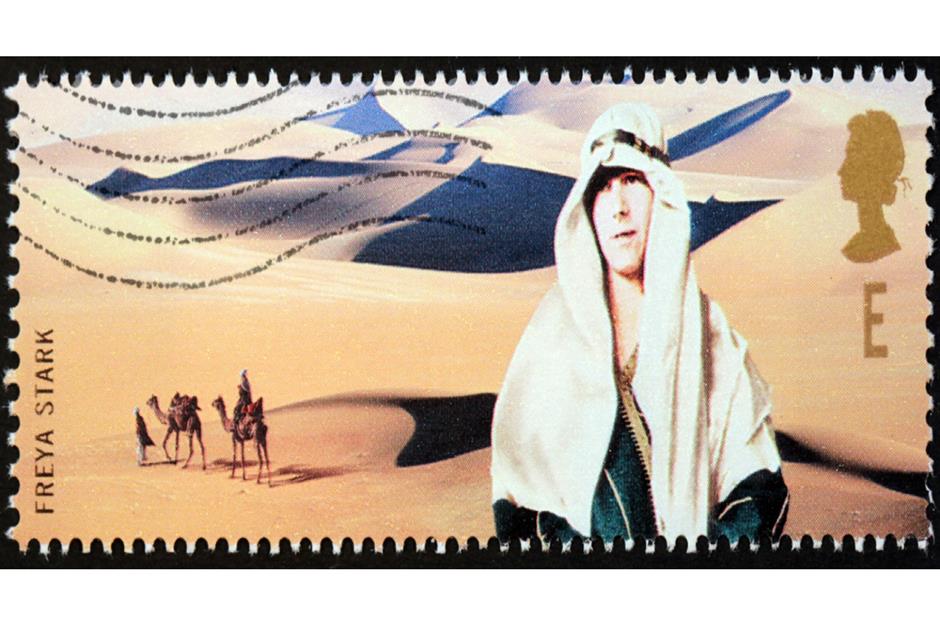
Jacques Cousteau
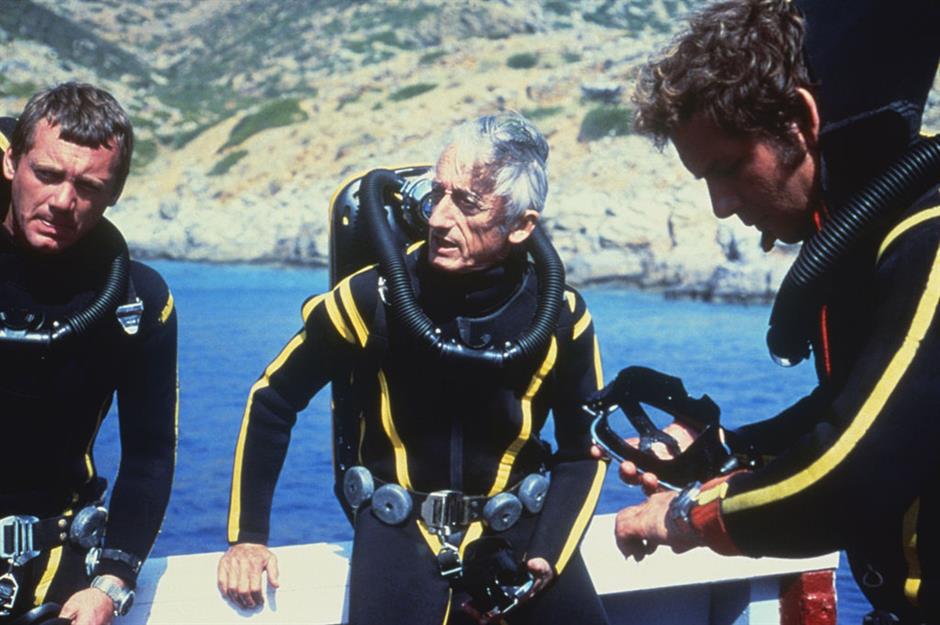
Prime time TV for millions during the late 1960s and 1970s was watching The Undersea World of Jacques Cousteau. The French explorer enthralled viewers with images of life below the ocean waves that had never been seen before. Cousteau started his love affair with the water in 1936 when he took up swimming as therapy after a car crash. Then, in 1942, he travelled to Embiez, an island in the Mediterranean and made his first underwater film 18 Metres Deep, which won an Oscar.
Jacques Cousteau
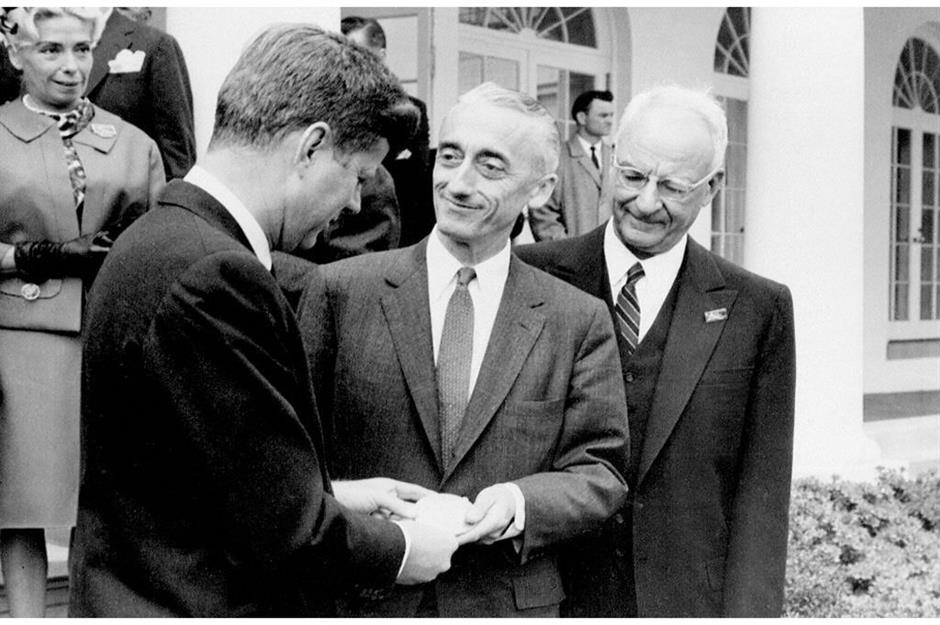
Cousteau invented an improved aqua-lung and in 1950, from his ship The Calypso, he made an award-winning film The Silent World. He led expeditions under the Red Sea and Indian Ocean and in 1961 received the National Geographic Society medal from President Kennedy and in 1985 the Presidential Medal of Freedom. In 1974, he founded the Cousteau Society dedicated to marine conservation to highlighting the damage being done to the oceans. Cousteau continue to work until his death in 1997.
Sir Edmund Hillary
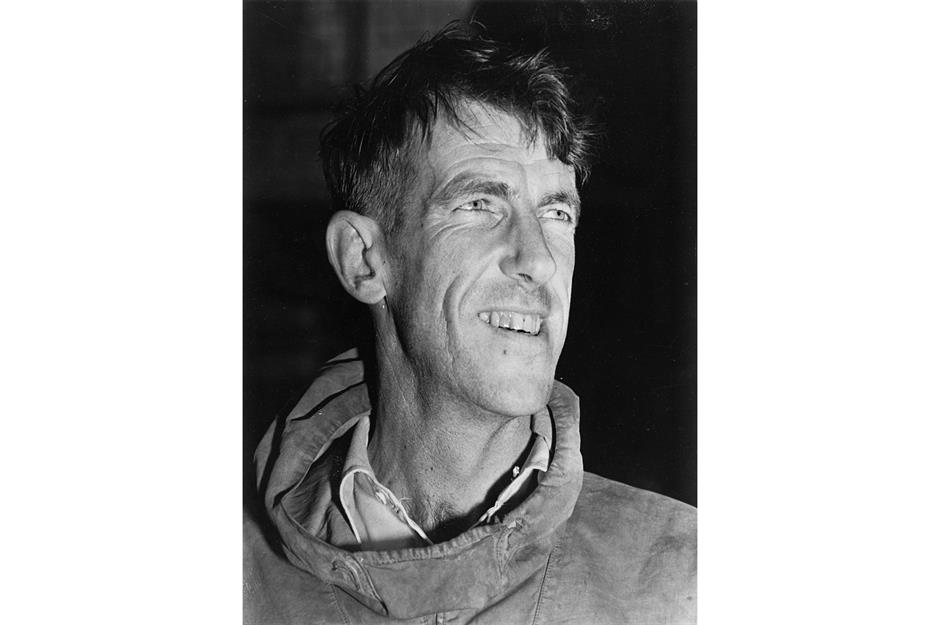
Sir Edmund Hillary
.jpg)
Sir Ranulph Fiennes
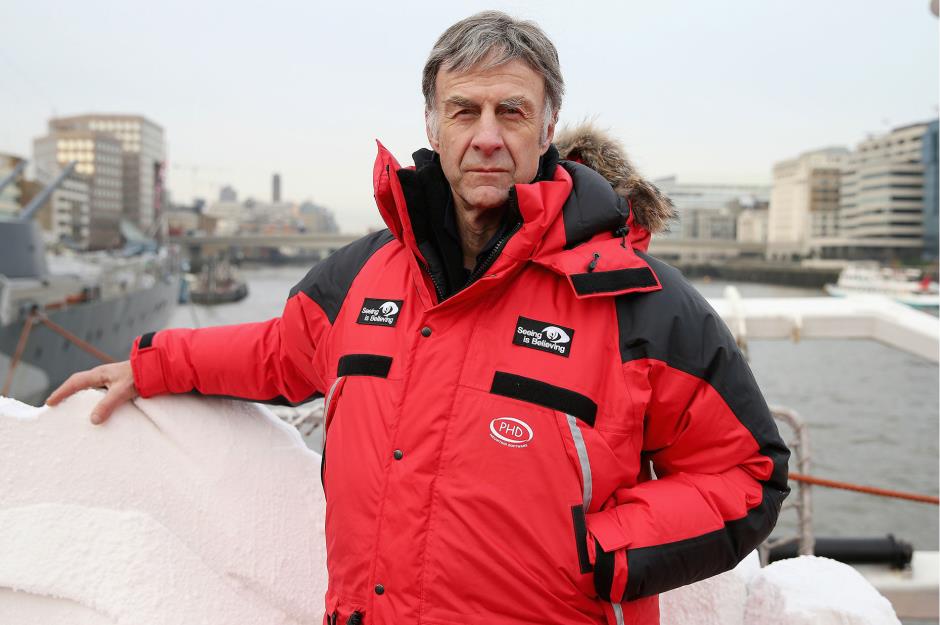
Sir Ranulph Fiennes
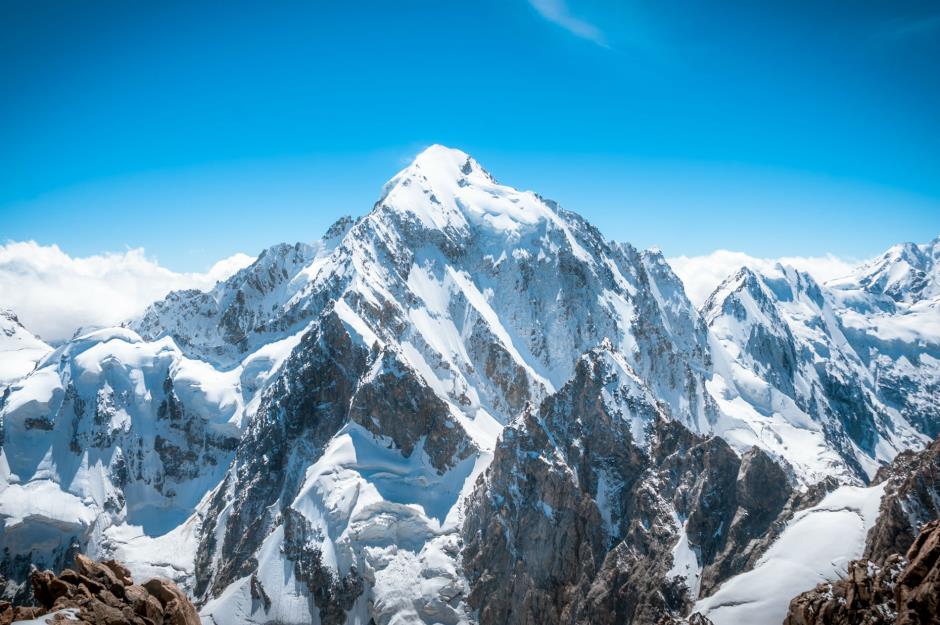
Less than four months after a huge heart attack, double bypass and a three-day coma, Fiennes achieved the first 7x7x7, completing seven marathons in seven consecutive days on all seven continents. He’s also won world records for being the first to reach both Poles, the first to cross the Antarctic and Arctic Ocean, the first to circumnavigate the world along its polar axis and the oldest Briton to conquer Mount Everest (despite being afraid of heights).
Check out these incredible pictures of the world's last unspoiled places
Sir Ranulph Fiennes
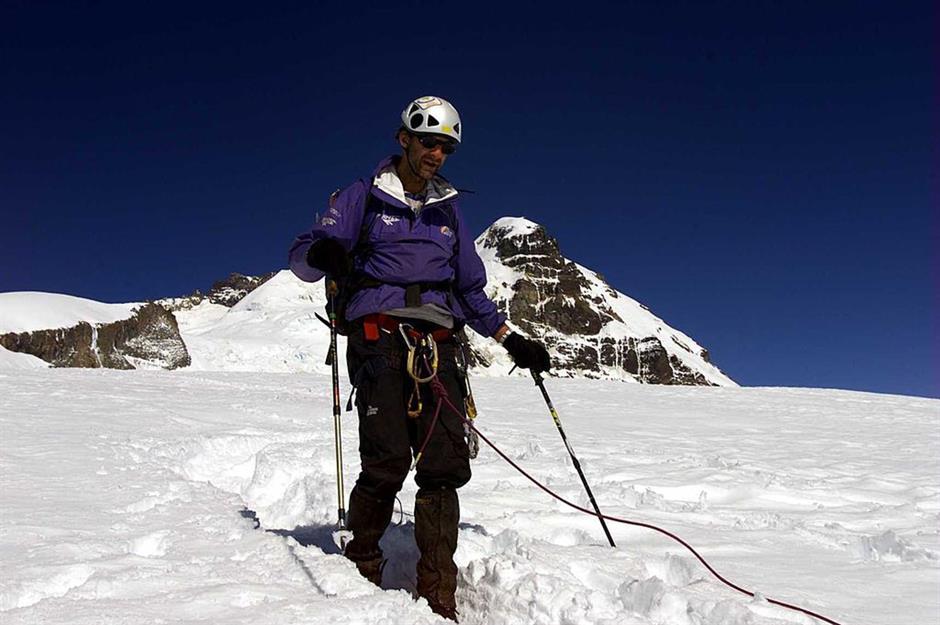
Along the way, Fiennes has had to summon incredible courage to deal with the natural obstacles he’s met, such as dealing with frostbite on an expedition to Antarctica during the polar winter, which he nicknamed "The Coldest Journey" due to temperatures dropping to as low as -90°C (-180°F). During a previous Arctic adventure, he cut off his fingertips and the top of his thumb after experiencing painful frostbite. As his expeditions were also fundraisers, he has donated millions to many charities.
Junko Tabei
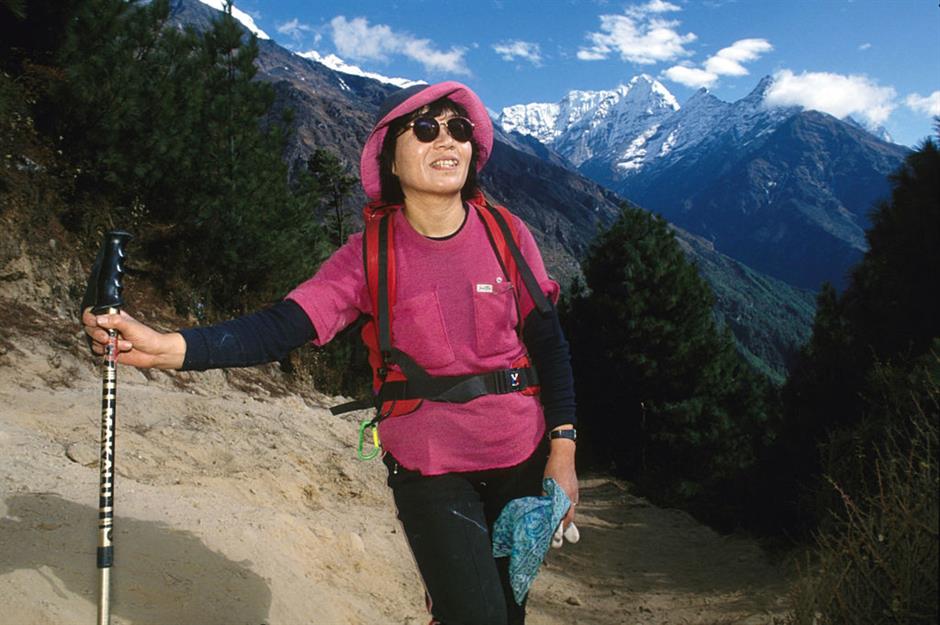
Junko Tabei
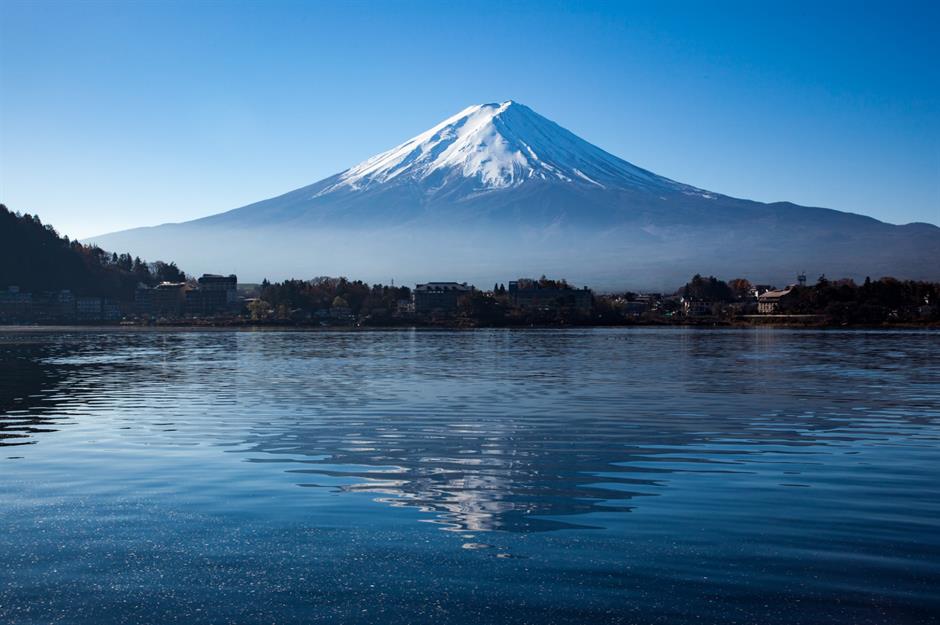
Tabei didn’t stop at Everest: she tackled summits in over 70 countries, and earned the title of the first woman in the world to ascend the highest summit on each of the seven continents. Despite being diagnosed with cancer, Tabei never stopped climbing, with her last ascent Mount Fuji, accompanied by students affected by the Japanese earthquake and tsunami. She was also a campaigner for sustainable mountaineering, saying of Mount Everest: “Everest has become too crowded. It needs a rest now."
See stunning images of the world's most beautiful mountains here
Alan Chambers MBE
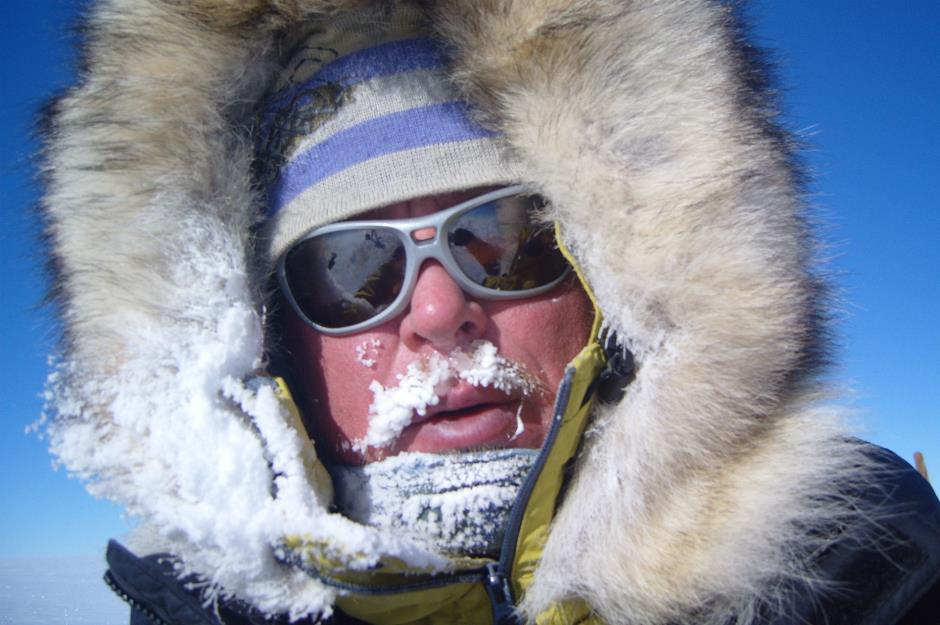
Alan Chambers MBE
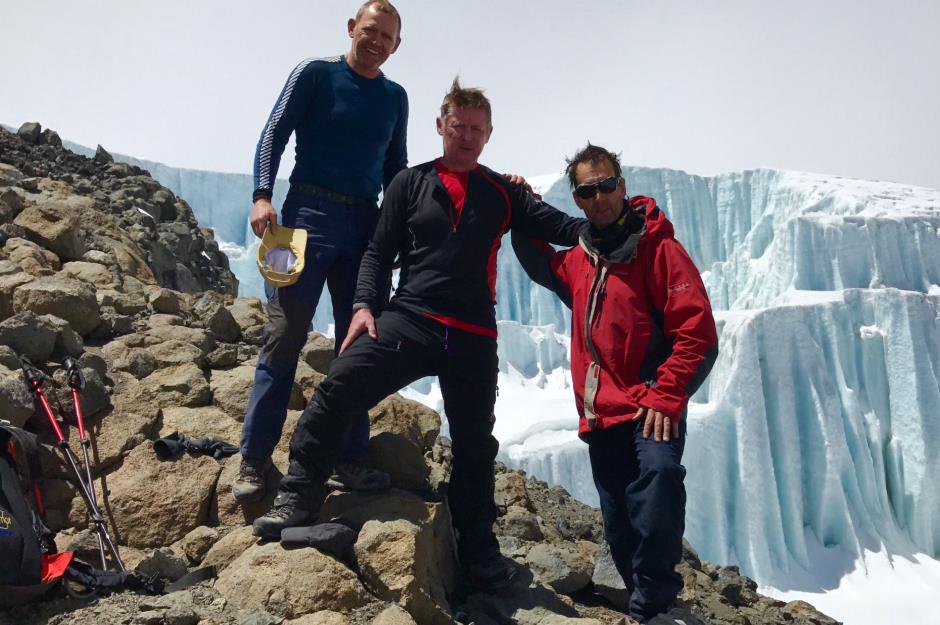
Ed Stafford
.jpg)
British explorer Ed Stafford became the first man to walk the length of the Amazon, earning him a Guinness World Record. After retiring from the Army in 2002, he began leading charity expeditions to the jungles of Belize. That was only the beginning of a catalogue of perilous explorations, which included being dropped off alone on an uninhabited island in the Pacific with no food, water, or tools to see if he could survive for 60 days. He filmed his experience for the Discovery Channel.
Ed Stafford
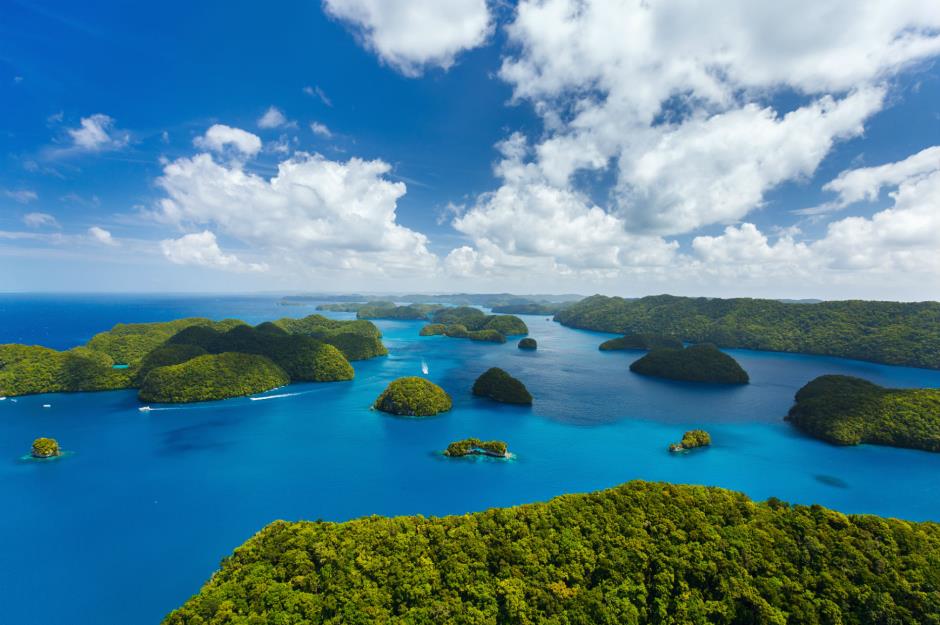
On walking the Amazon River, Stafford tells us: “No one had done it before and most people told me I would surely die. I actually did get held up at gunpoint several times by drugs traffickers and at arrow-point by angry local tribes, and once I even got arrested for suspected murder. But I managed to stay alive and completed the journey in August 2010 after 860 days of walking.” Feeling inspired? You can see more beautiful rivers around the world here.
Ed Stafford
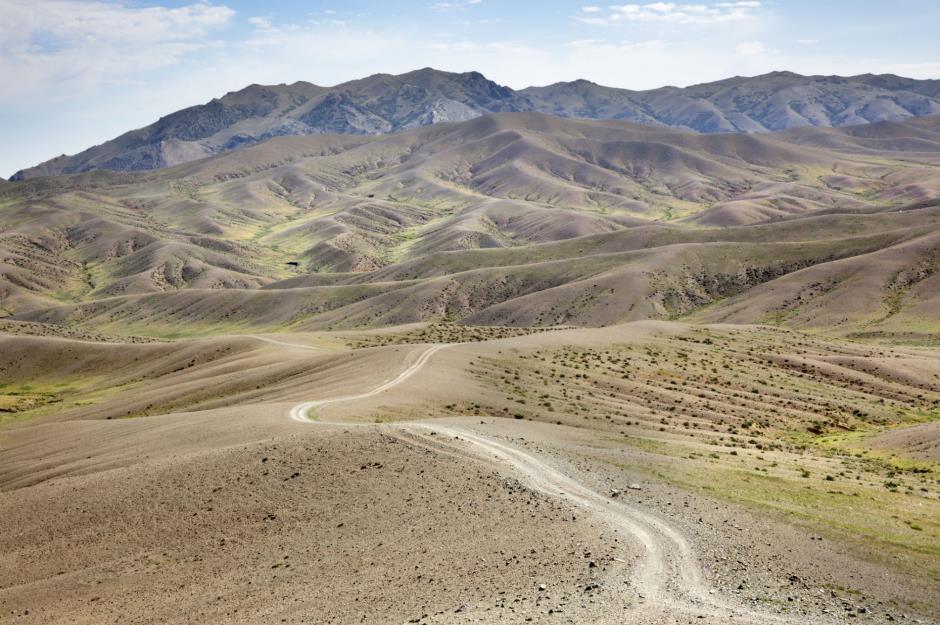
Ed Stafford
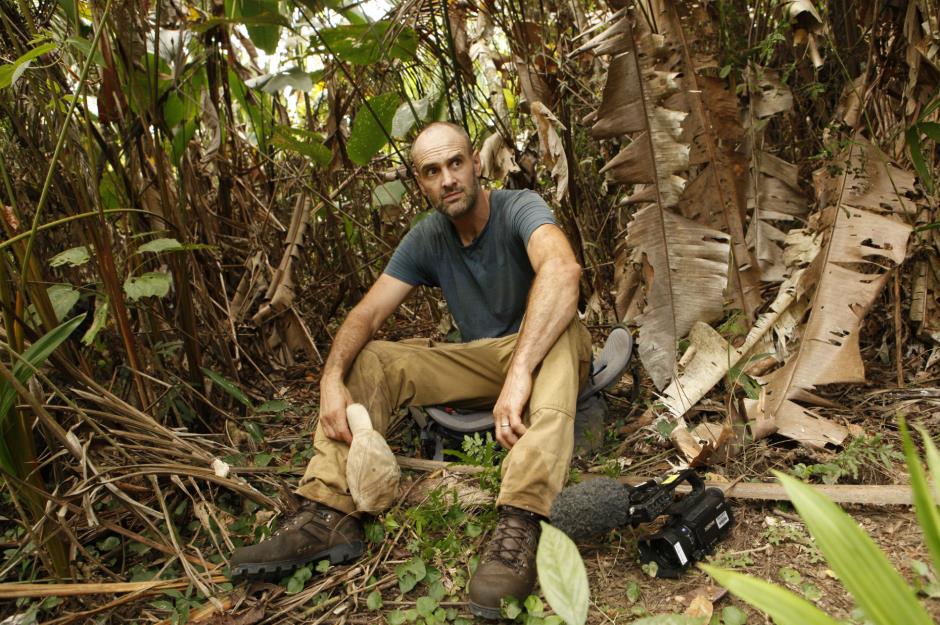
Sarah Outen MBE
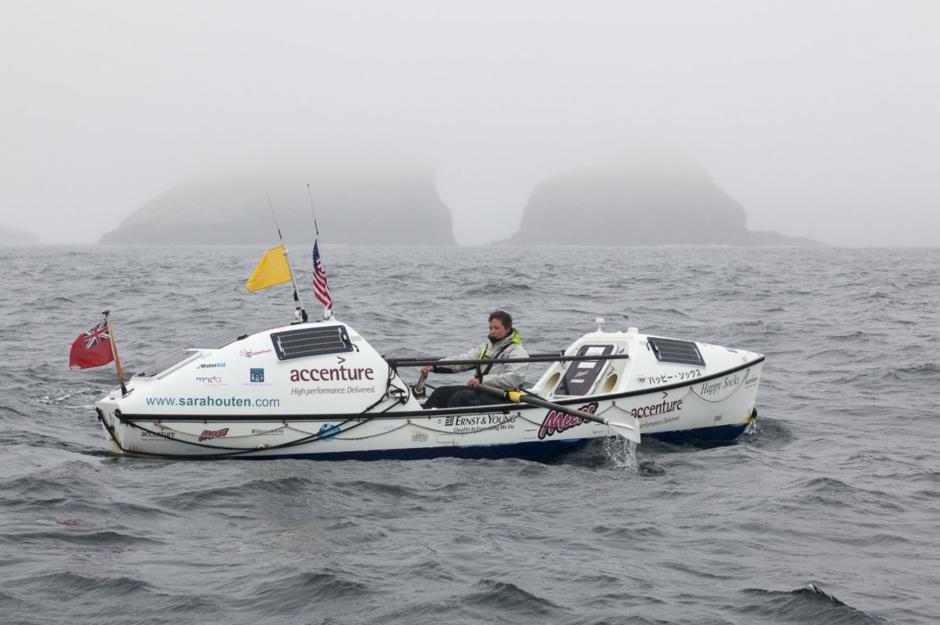
British athlete and adventurer Sarah Outen has achieved more in her 35 years than most people could hope to in a lifetime. Her four-and-a-half-year "London2London: via the World" trip saw her kayak, row and cycle 25,000 miles (40,233 km) around the northern hemisphere, battling tropical storms, blizzards, hurricanes, post-traumatic stress disorder, pneumonia and even capsizing five times.
Sarah Outen MBE
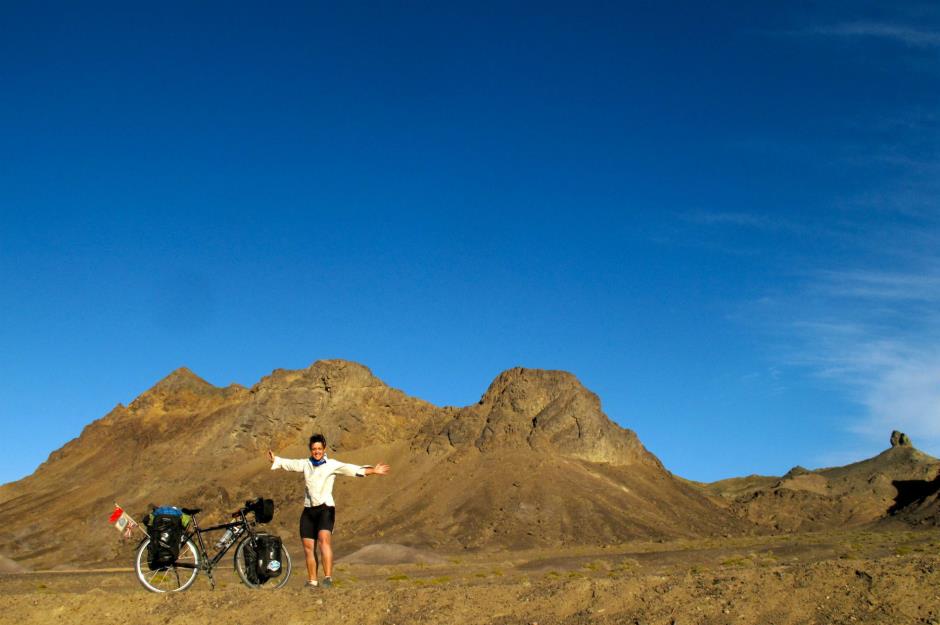
Sarah Outen MBE
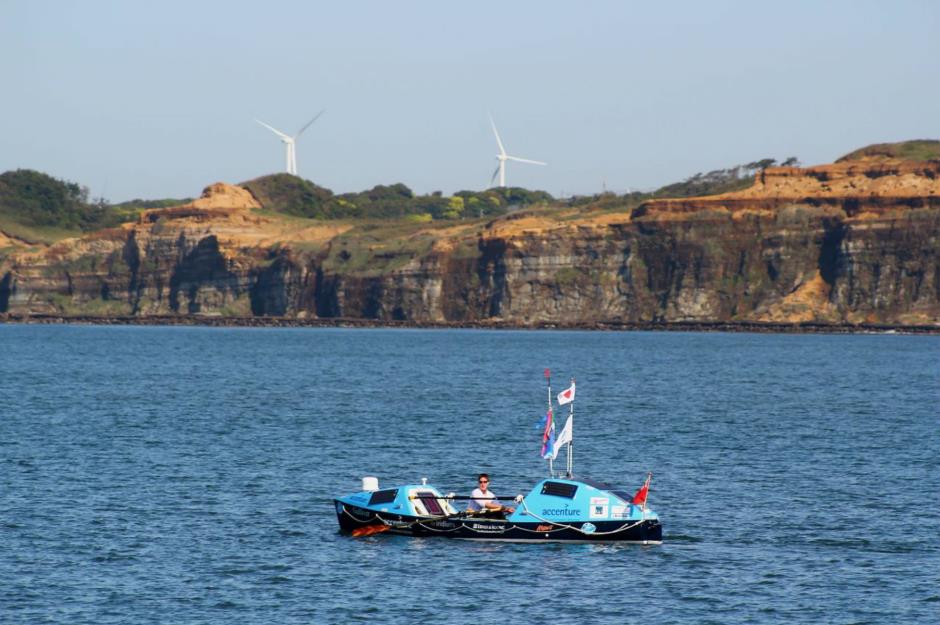
Jessica Watson
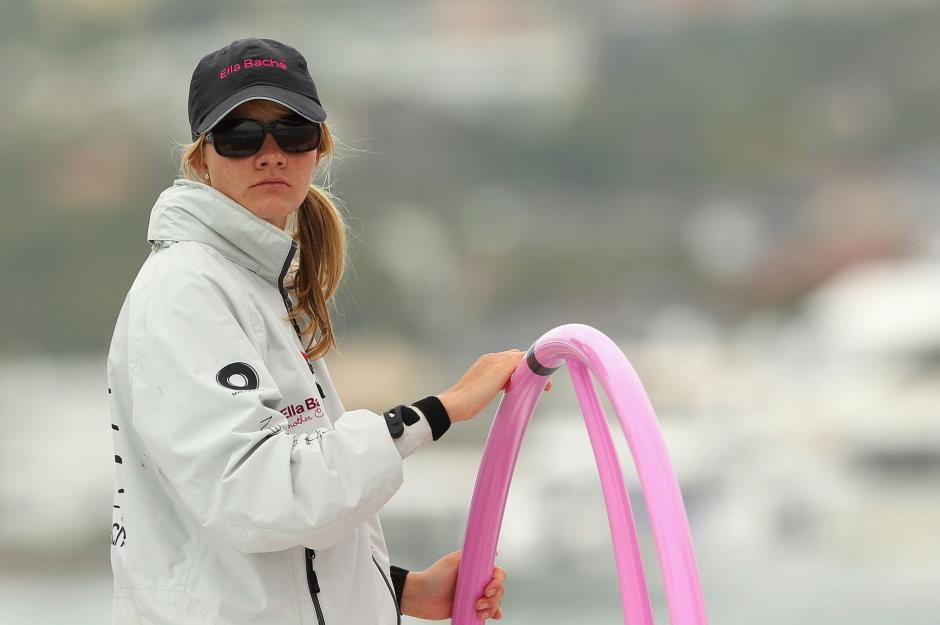
Jessica Watson
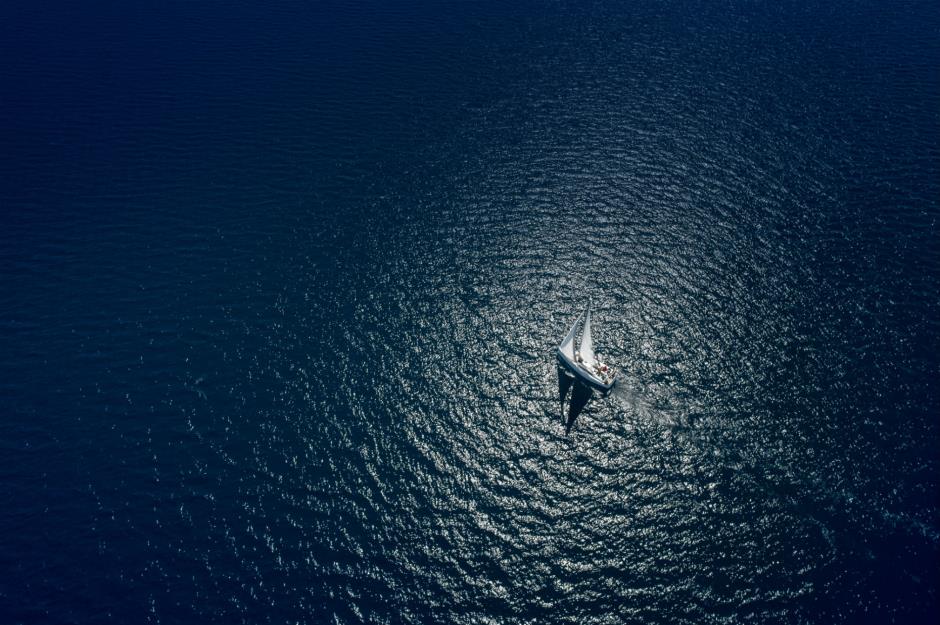
Now aged 27, Watson was named Young Australian of the Year 2011, a well-deserved accolade for the challenges she faced on her journey, including colliding with a 63,000 tonne ship, ferocious waves reaching up to 50 feet (15.2m), prolonged insolation, seven knockdowns and fierce winds. Watson made a film during her epic journey and the story is now being adapted into a TV film. A truly remarkable story of a remarkable young woman.
Alex Honnold

Alex Honnold
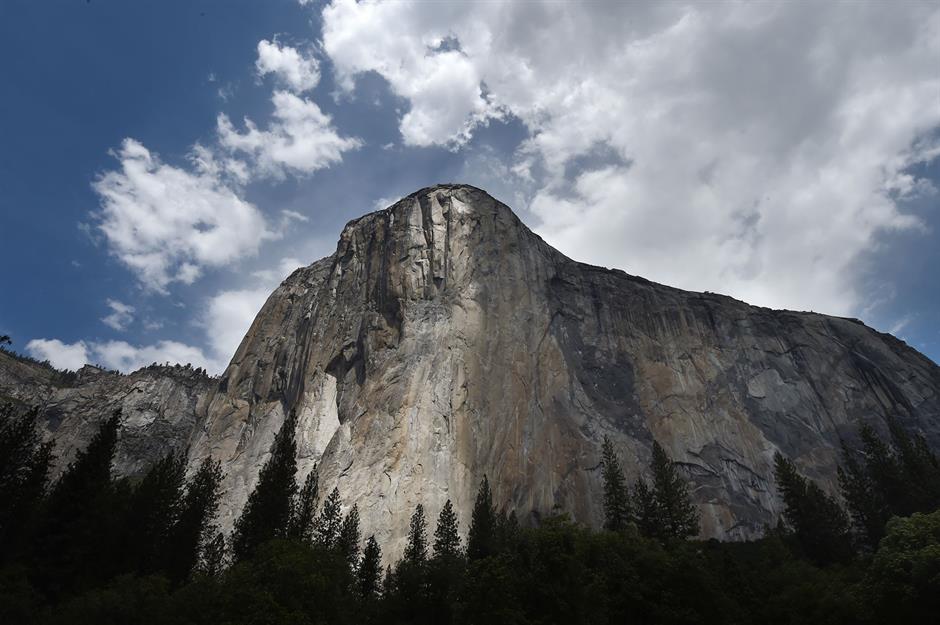
One wrong move and Honnold would have plunged to his death, all while being filmed too, as the incredible story was been made into a movie, Free Solo, that won best documentary feature at the 2019 Oscars. For the film, Honnold’s brain was scanned and it was discovered he doesn’t compute fear in the same way as the rest of us. It must run in the family as Honnold's mum, Dierdre Wolownick, is the oldest woman to scale El Capitan too.
Comments
Be the first to comment
Do you want to comment on this article? You need to be signed in for this feature